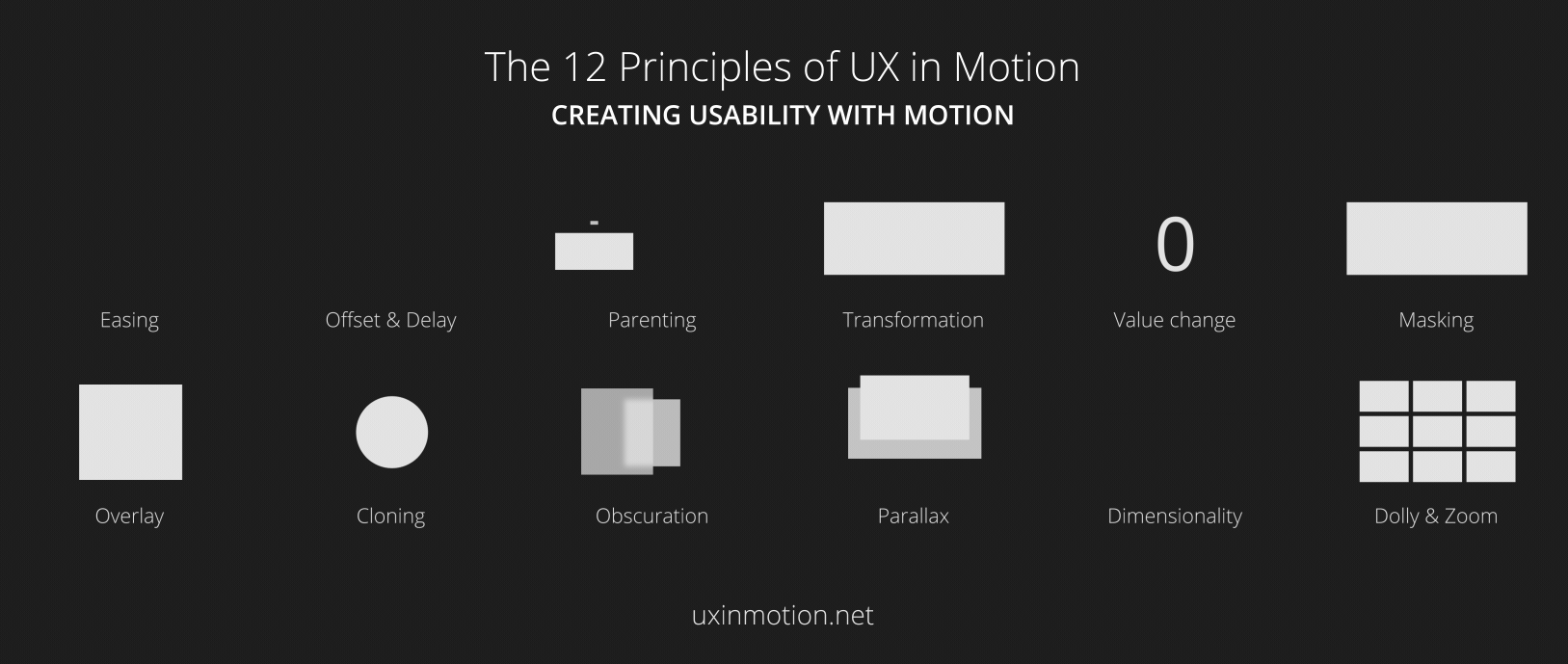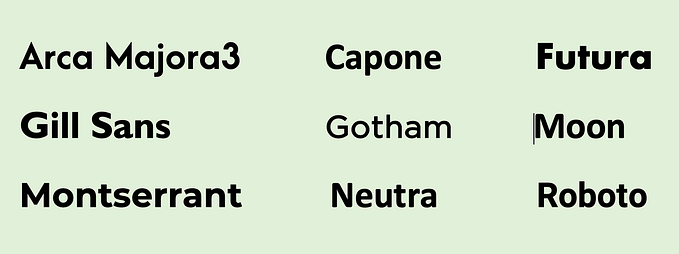Member-only story
Benchmarking your UX workflow: using stats to measure your consistency
If you are striving to become an UX designer who delivers consistent results, you may find benchmarking your workflow a helpful tool. After all, what is consistency?
I’ve been recently thinking about using a leaner approach in my design process and increasing my overall output to open myself to more opportunities to learn from feedback. I wrote two articles on those subjects — if you are interested to learn more, I’ve linked them above.
As always, my approach is to think about the meanings behind key words to discover the assumptions backing my mental models. I try to be aware of the fact that mental models exist and may help, but may also introduce bias if they are not thought through. As Wikipedia puts it:
A mental model is an explanation of someone’s thought process about how something works in the real world. It is a representation of the surrounding world, the relationships between its various parts and a person’s intuitive perception about his or her own acts and their consequences. Mental models can help shape behaviour and set an approach to solving problems (similar to a personal algorithm) and doing tasks.
So if you’re striving for consistency as I am, you may want to think about what consistency is. You can also draw some nice conclusions. Let’s think about what it means to be consistent.
Defining consistency
The English Oxford Dictionary defines consistency as follows:
Consistency is the quality of achieving a level of performance which does not vary greatly in quality over time.
Okay, so you can see, they say that it’s a level of something over time. Does that sound to you like something related to a graph chart? Or maybe you would say: “oh, so that’s an equation, so there should be a numeric result of this”.
Great! We can probably measure our consistency!
We can plot a graph.
We can do analysis of the data we create by working.









